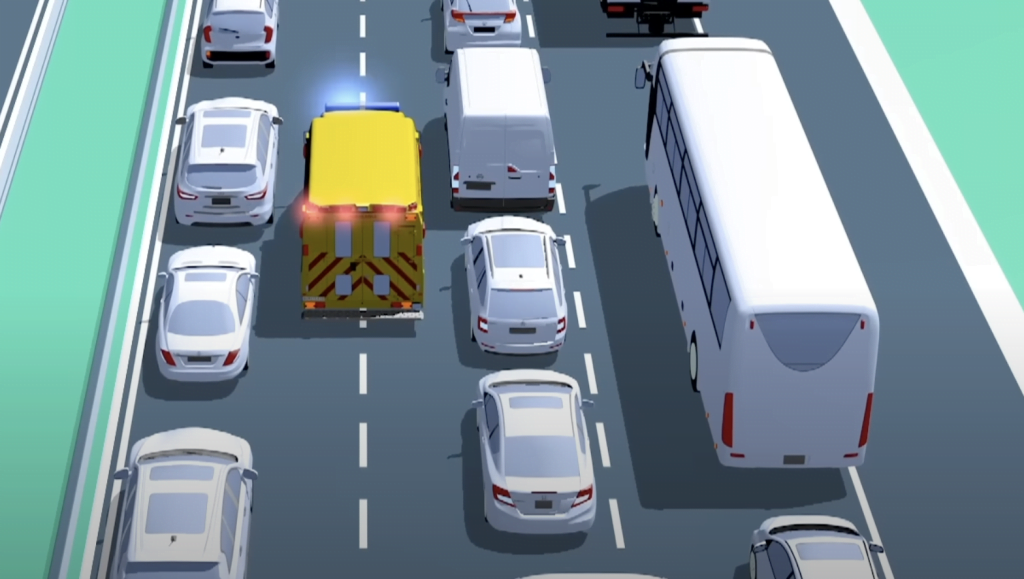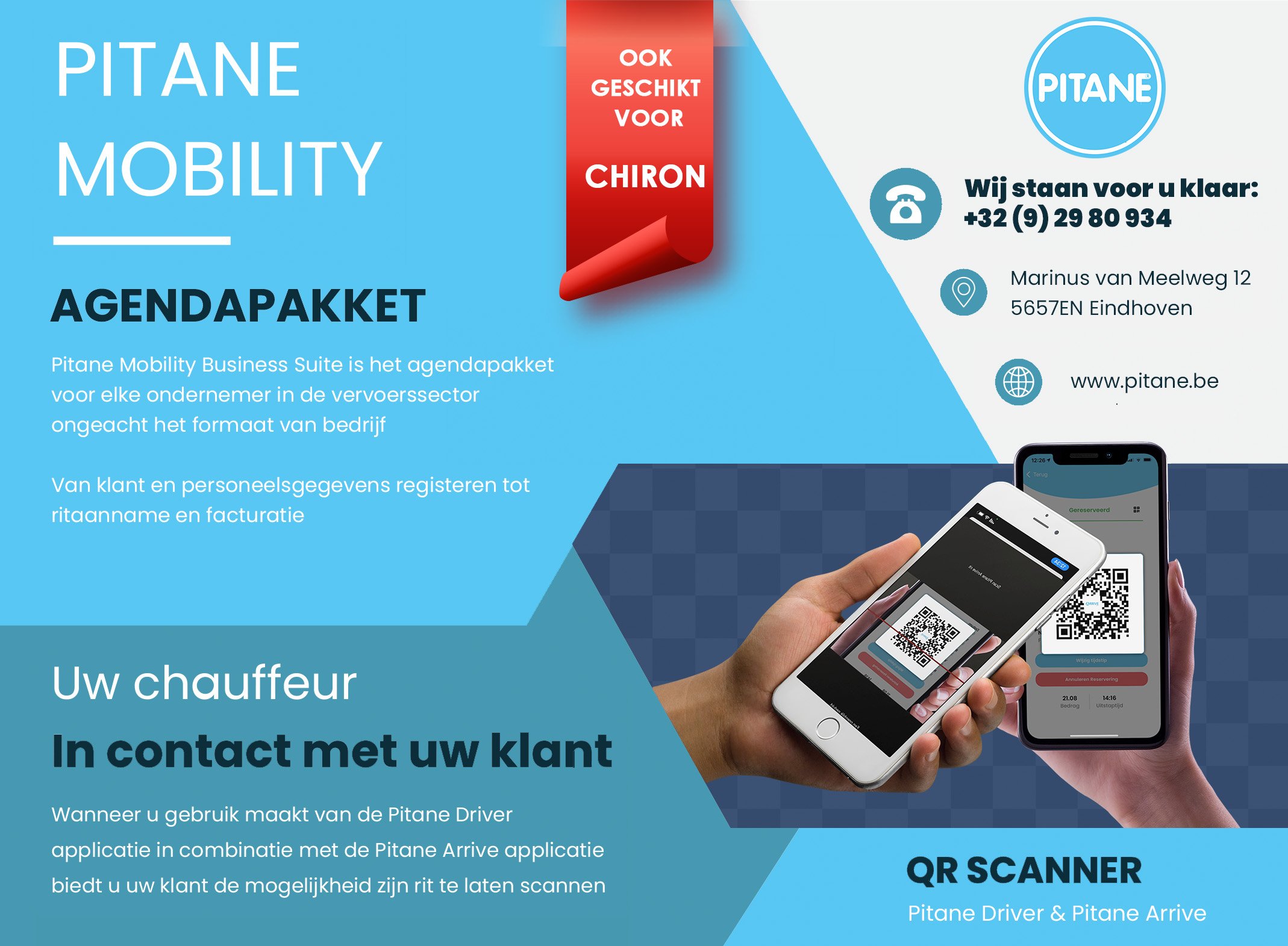New awareness campaign VRT must help administrators.
Two years after its introduction in the Belgian highway code, only two thirds of car drivers still know what a rescue lane is. This has emerged from research by the Agency for Roads and Traffic, which is launching a new awareness campaign this month.
The rescue lane ensures safe passage for the emergency services. Drivers spontaneously form a rescue lane in the event of traffic jams. After all, this has been mandatory since October 1, 2020 and yet many Flemish people are still not familiar with it. In case of strongly delayed traffic, the emergency lane can already be formed preventively.
So you form a free space or rescue lane in advance. You always do this, even if there are no emergency services nearby. Vehicles in the left lane drive to the left as much as possible. Everything else moves to the right side as much as possible. The emergency lane or a closed peak-hour lane always remains free.
of vital importance
The traffic editors of the VRT are already helping drivers and indicate that making a rescue lane is vital. Every second counts for an ambulance on its way to an accident involving injured or trapped persons. Even half a minute of delay can make the difference between life and death.
If every road user applies the emergency lane when necessary, the emergency services will be on site much faster. This increases the chances of survival of people involved in a major accident. Due to the easy accessibility of an accident through the emergency lane, the roadway will be released more quickly and you will therefore spend less time in traffic jams.
“It is very frustrating for emergency responders to reach the tail end of a traffic jam and see that the rescue lane has yet to be formed. We help victims much faster when we can drive to the scene of the incident in one smooth movement.”
Maarten Van Severen - head of Network Fire Service.
In January, posters and messages on 64 digital text boards remind of the rescue lane. The VRT traffic editorial keeps listeners on track during traffic bulletins. Occasionally you hear on the radio: "If you are stuck in traffic, don't forget to form a rescue lane."
The rescue lane is also a good thing for motorcyclists. They are allowed to use the free space of the emergency lane to drive past the traffic jam. Motorcyclists who pass traffic jams do so at a very moderate speed, a maximum of 20 km/h faster than motorists.



